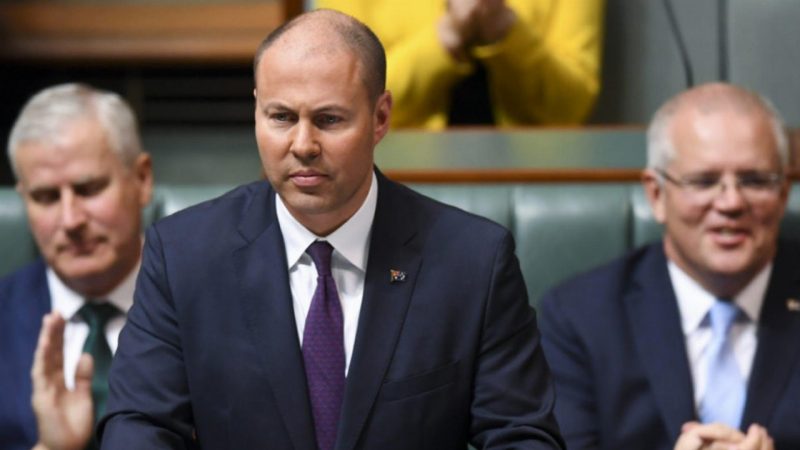- The Australian Federal Government is working to help small businesses survive the COVID-19 pandemic by modifying insolvency laws to reflect a U.S.-style model
- Under the new laws, small businesses will be able to maintain control of their business if they go insolvent rather than immediately hand over the reins to creditors
- The directors of the business will have 20 days to come up with a plan to restructure debt and trade out of insolvency
- The new law draws on America’s Chapter 11 bankruptcy laws, but in Australia will only apply to businesses with liabilities of less than $1 million
- This could bring about fresh hope for small-cap ASX stocks at risk of going under because insolvency will not necessarily be the end of the road
The Australian Federal Government is working to help small businesses survive the COVID-19 pandemic by modifying insolvency laws to reflect a U.S.-style model.
Treasurer Josh Frydenberg said the government will take on the “most significant reforms to Australia’s insolvency framework in 30 years” as part of its plan to support businesses through the pandemic.
Specifically, the reforms will draw on America’s Chapter 11 bankruptcy laws which allow business owners to stay in control of their business while they restructure.
Historically, major entities like General Motors, United Airlines, and K-mart have all filed for Chapter 11 bankruptcy in the U.S. and come out the other side.
Australia’s laws, however, will be two-tiered: big companies will continue operate under existing insolvency laws, while businesses with liabilities of less than $1 million will be able to take advantage of the Chapter-11-esque rules.
Key changes
A major part of the reformed insolvency laws will be the issue of who controls an insolvent business.
Under the new laws, small businesses won’t have to hand over control to creditors via an external administrator as soon as they declare insolvency. Rather, the directors of the business can stay in charge while they restructure their debt and come up with a plan to trade out of the insolvency.
“By adopting key aspects of the U.S. Chapter 11 bankruptcy process, we will introduce a single, simpler, faster, more cost-effective insolvency process for small business,” Treasurer Josh Frydenberg said.
“It will see our system move from a rigid, one-size-fits-all ‘creditor in possession’ model to a more flexible ‘debtor in possession’ model,” he said.
Under the plan, the small business will have 20 days to come up with a restructuring plan with the help of a small business restructuring practitioner.
The creditors will then have 15 days to vote on the plan. More than half of the creditors will need to approve the plan in order for it to be approved.
Any employee entitlements will need to be paid before the creditors can vote on the plan.
In the event a business can’t be revived, the liquidation process is being simplified to be both faster and cheaper.
According to the Treasurer, the reforms will cover around 76 per cent of businesses subject to insolvencies today, almost all of which have less than 20 employees.
“Together, these measures will reposition our insolvency system to reduce costs for small businesses, reduce the time they spend during the insolvency process, ensure greater economic dynamism, and ultimately help more small businesses get to the other side of the crisis,” the Treasurer said.
Importantly, the reforms will have no costs to the upcoming Federal Budget, but rather be framed as a supply-side reform. The 2020-2021 Budget is slated to be delivered in 12 days.
New hope for investors
On top of helping keep businesses afloat, the new rules will ignite fresh hope in investors of small-cap stocks who have come under threat from COVID-19.
Companies hit hard by the virus are ardently slashing costs and going into hibernation as they wait out the worst of the COVID-19 woes.
However, with the government reforms, this means insolvency is not the end of the road for these businesses.
This means embattled stocks who are at risk of insolvency could see some sudden buying activity as investors who sold off in fear take back their previous holdings in the hope that these companies will come out the other side of the pandemic.

